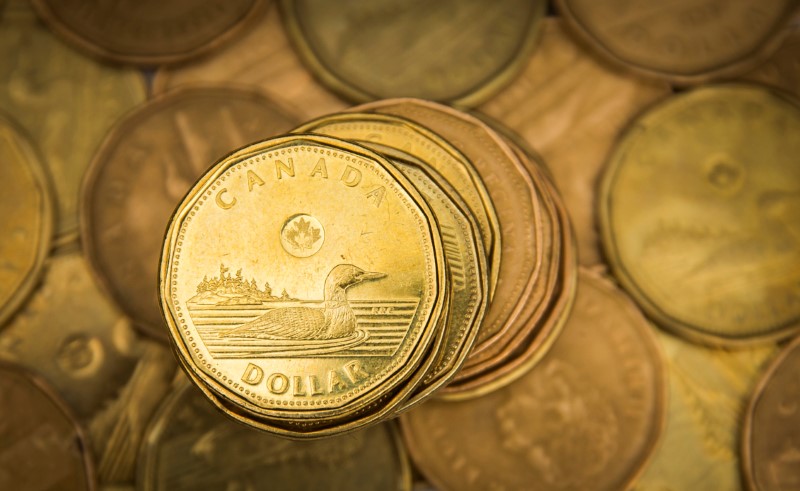By Ketki Saxena
Investing.com -- Despite stabilizing against the greenback early in the North American session, the Canadian dollar slid lower again Thursday, hitting its lowest level since July 2020 against its US counterpart.
The USD/CAD pair closed the North American session at C$1.3487 to a US dollar, from a low of $1.3409 to a high of 1.3544 on the day.
The safe-haven US dollar continues to be boosted by Fed expectations, a day after the U.S. Federal Reserve raised its key interest rate by three-quarters of a percentage point and doubled down on an aggressive policy tightening path going forward, as well as rising geopolitical tension.
The Canadian dollar meanwhile was pressured by broad-risk sentiment, despite a strengthening in crude prices as worries of tightened Russian supply and rebounding Chinese demand overshadowed concerns of a slowdown following the Fed (not to mention a further cumulative 350 basis point hikes from global central banks.)
Shaun Osborne, Managing Director & Chief FX Strategist at Scotiabank (TSX:BNS) notes that overall risk sentiment , as corellated to equities, is one of the key forces acting on the Canadian dollar at the moment.
Osborne notes, “The CAD has become quite attached to the sort of global risk backdrop, and that's kind of overshadowed what should have been for the Canadian dollar this year a pretty positive story about commodity prices."
Risk-on sentiment meanwhile boosted demand for the safe-haven greenback, recession worries were exacerbated further following the Fed’s move yesterday, and as Russian President, Vladimir Putin ordered the country's first mobilization since World War Two.
On a technical level, FX Street notes that “Going forward it would take a move below the 1.3389 level to give the sellers more comfort now that that support level has held on the dip (the levels importance increases). The 50% midpoint at 1.33364 is another key level that would need to be broken - and stay broken - for sellers to take back more control from what is a bull trend run."
Up next, Canada's retail sales data for July, due tomorrow, is likely to provide an for the pair, and guide expectations for further tightening from the Bank of Canada.
